Ceramic, bronze and silk shown in Beijing
By Sun Yuanqing ( China Daily ) Updated: 2014-03-20 07:29:28
|
Provided to China Daily |
The second session of the exhibition reviews the history of ceramic making in Jiangxi, which dates back more than 20,000 years.
Jingdezhen, a town in Jiangxi, was an imperial ceramic-making basement in the Ming (1368-1644) and Qing (1644-1911) dynasties, making Jiangxi the hotbed for China's ceramics industry.
One highlight is a pottery bowl with the veins of a leaf on the inside. Pei Yajing, a ceramic specialist from the Capital Museum, explains that when the bowl is filled with tea, the veins will create the illusion of a floating leaf.
"It is not known how the idea was conceived. We guess the leaf might have fallen into the bowl by coincidence when it was being made and later developed into a new decoration method," Pei says.
A porcelain miniature of a splendid barn unearthed from the tomb of a local official from the Yuan Dynasty (1271-1368) is also on display. Glazed with blue, white and red colors, the model is a true rarity that is seldom exhibited.
The third section of the exhibition shows exquisite silk products and paintings from ancient times.
Highlights include a yellow brocade robe with a dragon design and yellow brocade embroidered shoes unearthed from the tomb of prince Yixuan.
Paintings and calligraphies by Zhu Da, a renowned painter and calligrapher and descendent of the Ming royal family, are also exhibited.
|
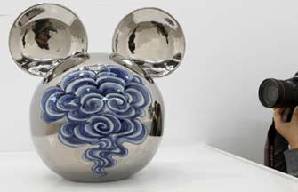 |
|
| Art beat in March |
|
|
|
|
|
|
|
|

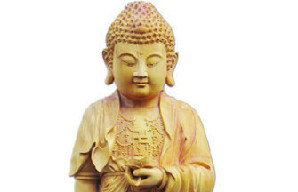

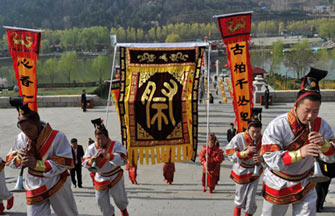

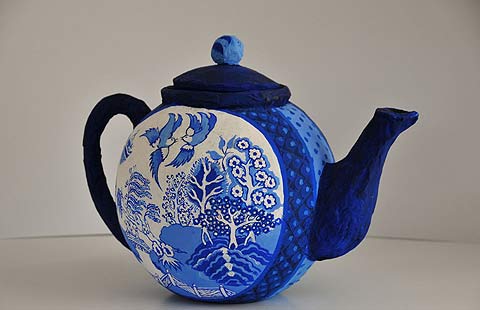
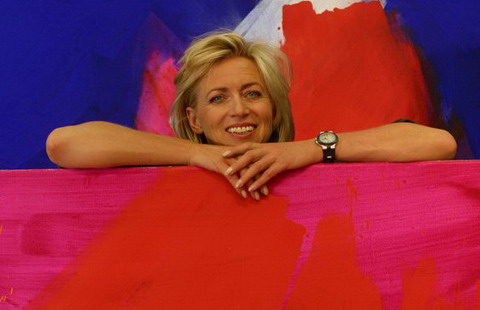

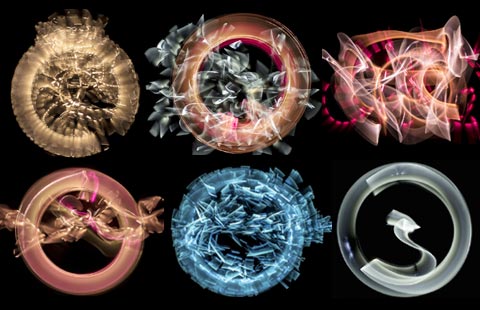
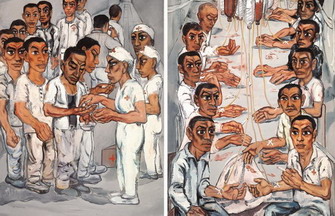







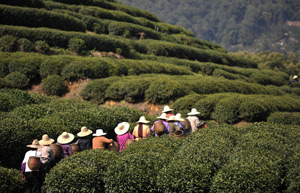






 Raymond Zhou:
Raymond Zhou: Pauline D Loh:
Pauline D Loh: Hot Pot
Hot Pot Eco China
Eco China China Dream
China Dream China Face
China Face





